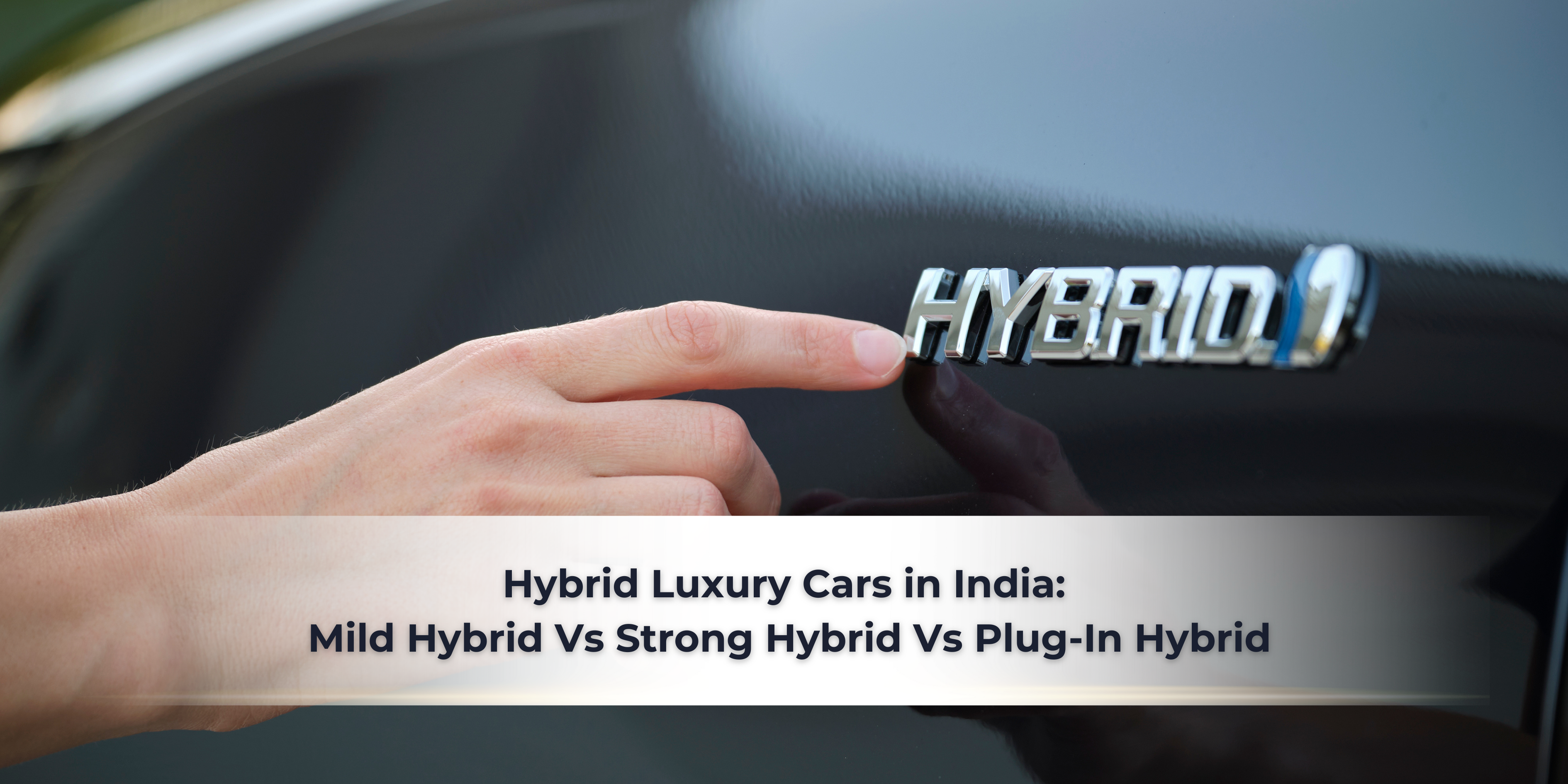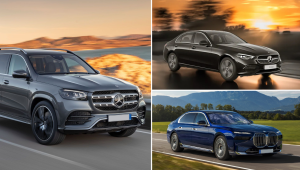The electrified future is here – but for many Indian luxury-car buyers, the question isn’t if but how to electrify without giving up refinement, performance or ownership ease. This comprehensive guide compares mild-hybrid (MHEV), strong/full-hybrid (self-charging hybrid), and plug-in hybrid (PHEV) technologies as they apply to premium luxury vehicles available in India.
We provide simple definitions, explain how they work, detail the benefits and trade-offs for luxury buyers, cite real India examples (Lexus, Audi, BMW, Porsche), and give a straight answer on which type makes the most sense depending on budget and usage.
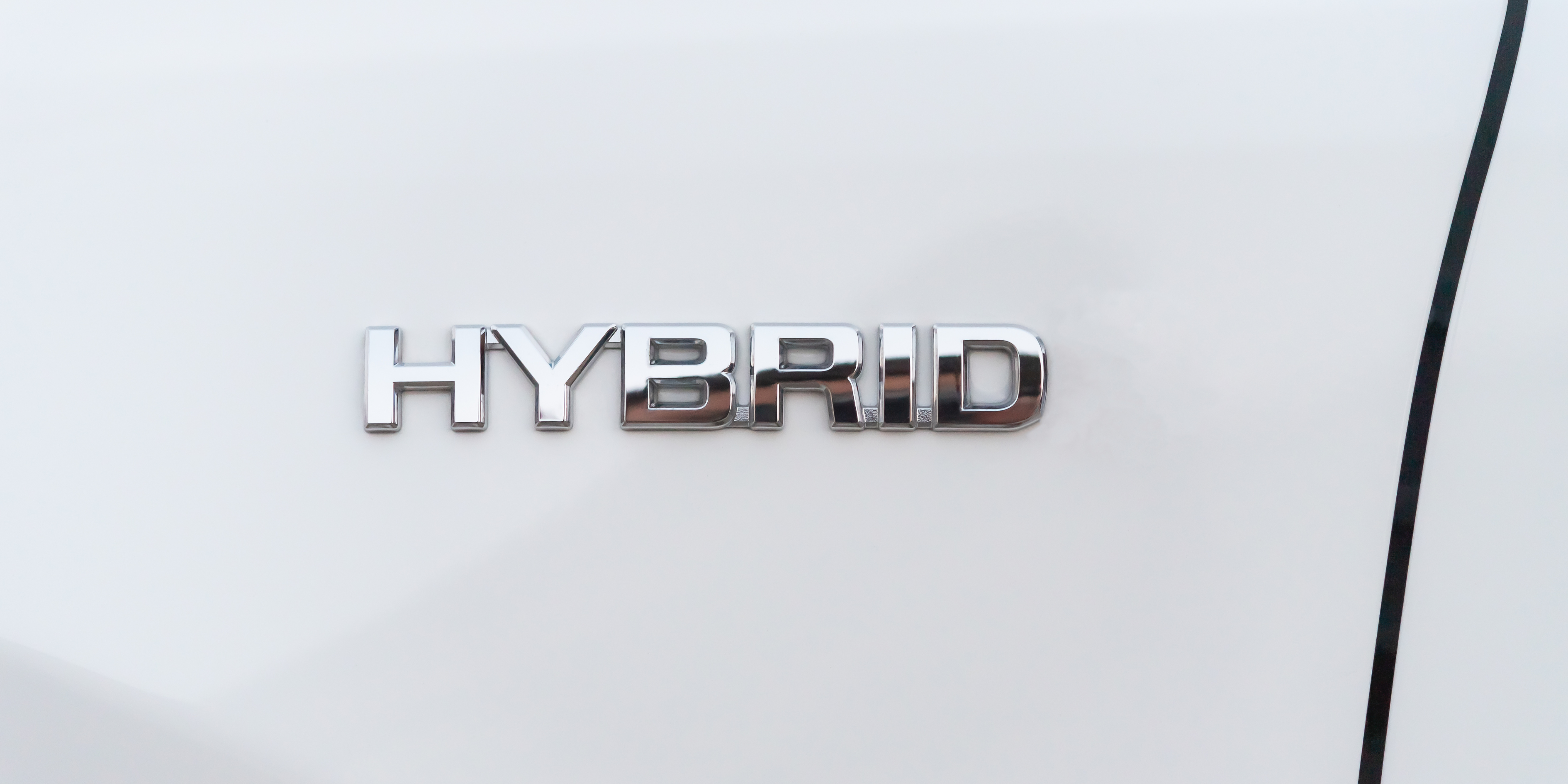
Key Terminologies :
Mild-hybrid (MHEV): A small electric assist (often 12V or 48V system) that helps the engine with starts, coasting, and low-load acceleration. It cannot drive the car on electric power alone. Think of it as a subtle performance and economy helper that is virtually invisible to the owner.
Full/Strong Hybrid (Self-Charging Hybrid): A system where the electric motor and petrol engine can each power the car independently. The battery is charged by the engine and regenerative braking (no plug needed). It allows short, EV-only driving (especially at city speeds) and delivers significant real-world fuel savings in dense traffic.
Plug-in Hybrid (PHEV): A bigger battery and stronger electric motor that must be charged from an external power source (the grid). It offers a meaningful all-electric range (typically 30–95 km for luxury PHEVs). On longer trips, the petrol engine takes over, providing the convenience of a traditional car. It is ideal when you have reliable access to charging.
How They Work – The Short, Useful Version for Buyers
MHEV: An integrated starter/generator (or a 48V system) smooths out the start-stop function, recuperates some energy during deceleration, and provides brief torque assist. Fuel savings are modest, but the packaging and service are essentially the same as a normal petrol car.
Full Hybrid: The car’s control software automatically decides whether to use the engine, electric motor, or both for maximum efficiency. Battery charge is managed entirely automatically. With no plug-in hassle, you get EV-like silence and low-speed electric drive in town, plus the long range and convenience of petrol on the highways.
PHEV: Combines a larger battery pack and an external charging port. You can cover most daily city commutes purely on electricity if you charge regularly, drastically cutting fuel and running costs. The trade-off is the initial higher purchase price, extra vehicle weight, and the necessity of a dedicated charging solution.
Luxury-Segment Trade-Offs (Comfort, Refinement, Performance, Cost, Ownership)
Mild-Hybrid (MHEV)
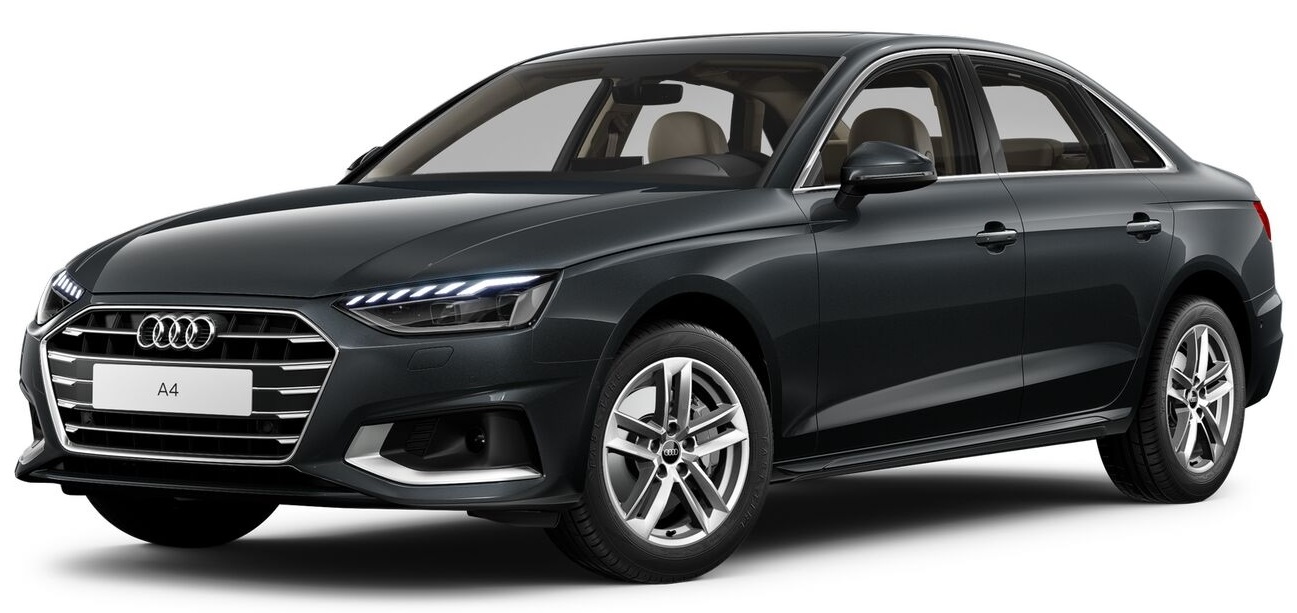
- Why Brands Use It: Low cost, retains packaging/boot space, provides smoother idle/stop-start and slightly better urban economy without significantly altering the car’s fundamental character.
- Performance & Refinement: Subtle improvement in low-end torque feel and smoother transitions, but no EV-only serenity or silence.
- Upfront Cost: Closest to the conventional petrol variant (small premium).
- Running Cost: Marginal improvement in fuel economy. Real gains are minor, often 5-10% better than a non-hybrid petrol in city traffic.
- Charging / Maintenance: None (no external charging). Maintenance is virtually identical to petrol cars, making it the least complex.
- Best For: Buyers who want slightly improved fuel figures and smoother urban behaviour without needing any charging infrastructure or changing their ownership habits.
- Representative India Example: Audi Q5 (45 TFSI) / Audi A4 and several popular BMW/Mercedes engines now utilise 12V or 48V mild-hybrid tech to improve efficiency and customer experience with minimal behavioural change.
Full / Strong Hybrid (Self-Charging)
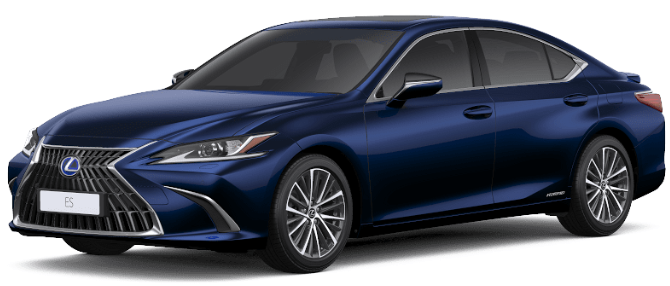
- Why Brands Use It: Blends quiet, electric-only low-speed driving with the convenience of petrol for long distances. Excellent for chauffeur-driven or city-heavy owners.
- Performance & Refinement: Very smooth and quiet at low speeds; the hybrid software manages transitions seamlessly, ensuring high refinement. Lexus is the industry benchmark for this technology.
- Upfront Cost: Higher than MHEV and pure-ICE equivalents but typically less than a comparable PHEV.
- Running Cost: Significantly better in city/stop-start traffic, where EV mode and regenerative braking cut petrol use. Long highway trips revert mostly to engine economy.
- Charging / Maintenance: No plug-in charging required. The battery is designed for the life of the car, offering long-term reliability and low maintenance overhead.
- Best For: Urban or mixed-use luxury buyers who prioritize calm, substantial fuel savings in city traffic, and absolute ownership simplicity.
- Representative India Example: Lexus ES 300h (self-charging full hybrid) – positioned as a comfortable executive sedan that excels in Indian city traffic, where electric-assist and EV-only crawling significantly reduce fuel use and cabin noise.
Plug-in Hybrid (PHEV)

- Why Brands Use It: Offers the best of both worlds: pure-electric daily running and long-distance petrol range, plus very strong combined performance figures (often used for flagship/performance hybrids).
- Performance & Refinement: Can be extremely rapid and quiet in electric mode. Extra weight from the large battery can affect ultimate handling feel, but OEM tuning keeps refinement high.
- Upfront Cost: Noticeably higher (larger battery, more complex hardware). State-level tax incentives in some regions can partially offset this.
- Running Cost: Lowest overall if you can charge frequently (daily short trips on electricity). If you rarely charge, you carry the PHEV’s weight and complexity, and the financial gains are diminished.
- Charging / Maintenance: Requires home or workplace charging to extract maximum value. Servicing can be costlier, and long-term battery replacement cost is a factor to note.
- Best For: Buyers with reliable daily charging (home/office), predictable city commutes, and a willingness to pay a premium upfront for the lowest possible running costs and genuine EV capability.
- Representative India Examples: BMW XM (a high-performance PHEV flagship with 653 hp) and the latest Porsche Panamera 4 E-Hybrid (offering up to 96 km EV range) illustrate how luxury marques use PHEVs to marry performance with meaningful electric driving.
Compact Comparison Summary
| Type | EV-only drive? | Upfront cost (relative) | Best for | Charging needed |
| Mild-hybrid (MHEV) | No | Low premium | Buyers wanting refinement + economy, no charging | No |
| Full / Self-charging Hybrid | Short (city speeds) | Mid premium | City/chauffeur use, no charging hassle, high city savings | No |
| Plug-in Hybrid (PHEV) | Yes – Substantial (30–95 km) | Highest | Buyers who can charge regularly & want electric daily driving | Yes – Home/workplace is essential |
The Indian Ownership Lens – Traffic, Fuel, Charging and Resale
- Traffic and City Driving: Full hybrids and PHEVs return the biggest real-world dividends in heavy stop-start traffic. Lexus-style self-charging hybrids shine when you spend most of your time in city/metro traffic because they quietly use battery power for crawling and short trips, minimizing engine usage.
- Fuel Prices & Incentives: High petrol prices make electrified operation very attractive. The savings are maximized by running on electricity (PHEV) or maximizing hybrid system usage (Full Hybrid). Furthermore, recent state-level government waivers (e.g., 100% tax waiver in some states for Strong/PHEVs) have further lowered the total cost of ownership for buyers in those regions.
- Charging Infrastructure: While improving rapidly in Tier-1 cities and at luxury housing/office complexes, consistency is still an issue outside major metros. If you can’t rely on home or work charging, a PHEV’s value proposition is significantly weakened.
- Maintenance & Resale: Mild and full hybrids (especially Lexus/Toyota technology) have a long record of reliability. PHEVs are more complex and command high resale value only if the used market recognizes the value of the electric range and battery health. Limited-run CBU PHEVs (like some high-spec BMW/Porsche imports) can be niche but appeal strongly to the right buyer.
Practical Buying Advice – Which Hybrid for Which Buyer?
- If you want ‘set it and forget it’ luxury with the best city economy: Choose a Full/Self-Charging Hybrid (e.g., Lexus ES 300h, NX 350h). It substantially improves fuel use and cabin calm with zero charging headaches.
- If you want minimal change from a petrol car but smoother urban behaviour, A Mild-Hybrid variant (many Audi, BMW, and Mercedes models) keeps ownership simple and costs low. This is a pragmatic choice if you value traditional service networks and unchanged habits.
- If you can charge daily and want real electric driving at home/office plus strong performance, A PHEV (Porsche Panamera E-Hybrid, BMW XM) will deliver the lowest running cost and best EV experience. However, budget for the highest purchase price and ensure your reliable charging setup is in place.
Verdict – The Simplest, Smartest Choice for Most Indian Luxury Buyers Today
For most premium buyers in India today – especially those who spend significant time in city traffic, value cabin quietness, want simpler ownership, and do not have guaranteed daily charging – a Full/Self-Charging Hybrid offers the best balance of luxury, fuel savings, and convenience. Mild hybrids are sensible if you are budget-conscious and want only incremental gains. PHEVs are excellent if you can reliably charge at home/office and want genuine electric-only city driving – otherwise, you pay a premium for a capability you won’t use.
Final takeaway
If your lifestyle includes regular home or workplace charging and you prioritize low running cost and EV driving feel, pick a PHEV. If you want premium calm, consistently lower fuel bills in city commutes and zero charging overhead, go for a self-charging full hybrid. If you want minimal fuss and a small efficiency boost, a mild-hybrid variant is a pragmatic choice.
For personalised guidance on which hybrid luxury vehicle suits you best – based on your budget, commute, charging access and long-term ownership plans – connect with the Motozite Team. We’ll help you evaluate options, compare models, and decide with confidence.

